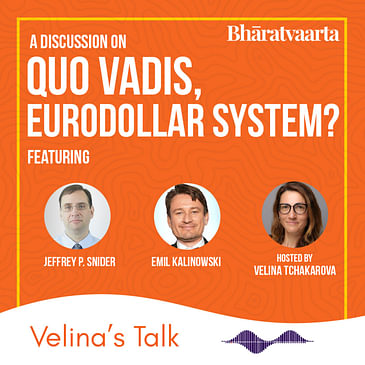Eurodollars are time deposits denominated in U.S. dollars at banks outside the United States, and thus are not under the jurisdiction of the Federal Reserve. Consequently, such deposits are subject to much less regulation than similar deposits within the U.S. The term was originally coined for U.S. dollars in European banks, but it expanded over the years to its present definition. A U.S. dollar-denominated deposit in Tokyo or Beijing would be likewise deemed a Eurodollar deposit (sometimes an Asiadollar). There is no connection with the euro currency or the eurozone. The offshore locations of Eurodollar make it exposed to potential country risk and economic risk. Since the Eurodollar market is not run by any government agency its growth is hard to estimate. However, the Eurodollar market is by a wide margin the largest source of global finance. In 1997, nearly 90% of all international loans were made this way. In December 1985 the Eurodollar market was estimated by J.P. Morgan Guaranty bank to have a net size of 1.668 trillion. As Chief Investment Strategist for Alhambra Investment Partners, Jeff directs the day-to-day investment processes and spearheads the investment research efforts while providing close contact to Alhambra’s client base. Emil Kalinowski, CFA, is employed in the metals and mining industry writing about how socioeconomic and geopolitical trends affect the supply, demand, and price of base and precious metals. His present focus is on the 2007 malfunction of the monetary system and its continuing disorder


